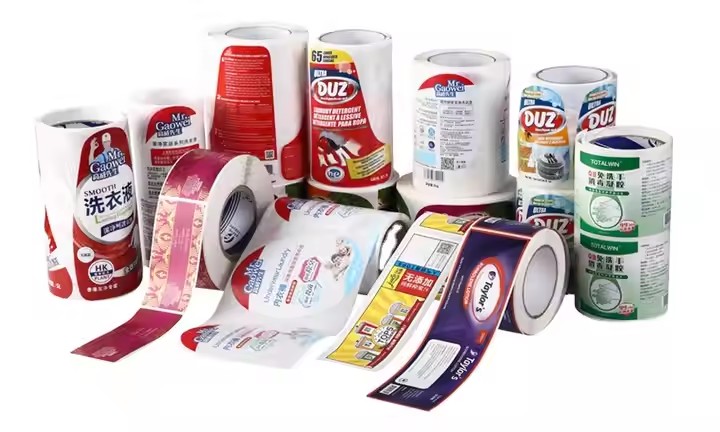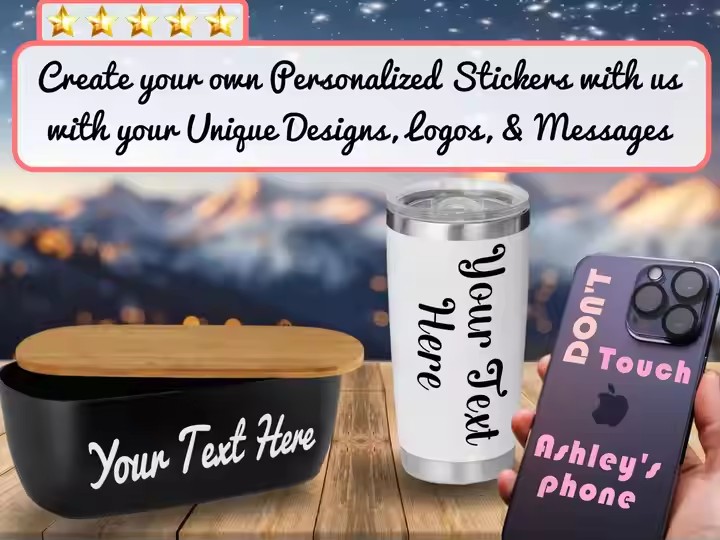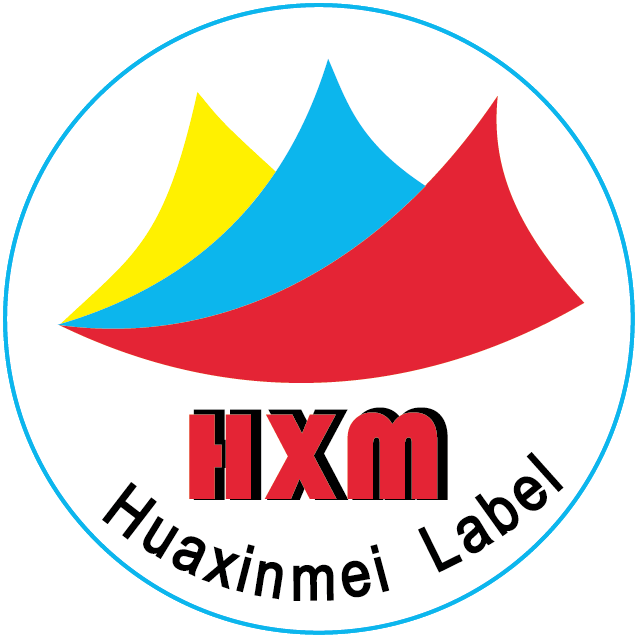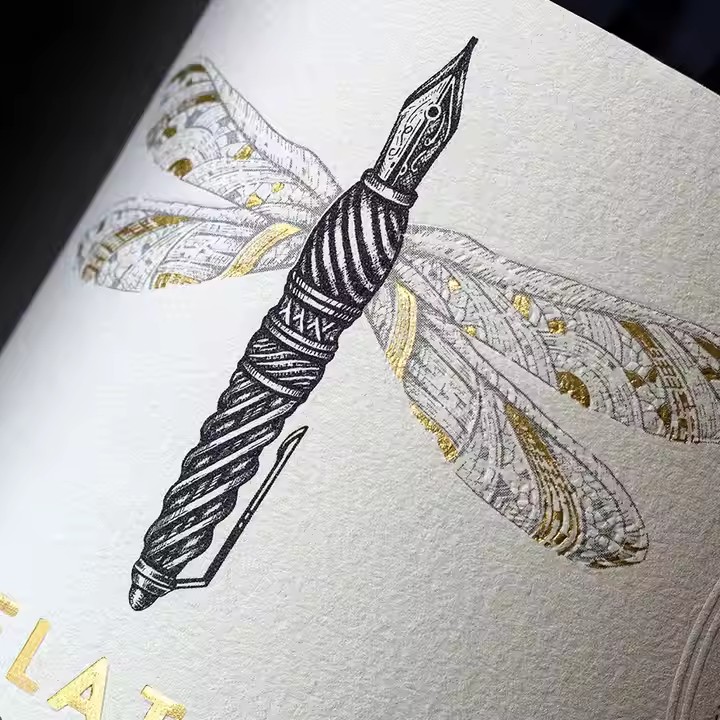Requirement Communication
The customer has a detailed communication with the customizer about the usage scenarios and purposes of the stickers. For example, whether they are used for product packaging, promotional activities, or personal decoration, etc. During the communication with the customer, it is necessary to pay attention to the customer’s needs, specifically what those needs are, as well as some detailed requirements. These details should be implemented during the production process. If they are not met, there is a high possibility that the customer will not cooperate again next time. Providing attentive service in details and leaving a good impression on the customer will encourage the customer to cooperate again.
Clarify the specific specifications of the stickers, including size, shape (square, round, irregular, etc.), quantity, etc. It is important to clarify the details and specifications of the stickers in all aspects. Taking the most basic requirements as an example, these basic requirements need to be precisely produced. If there are any deviations in the production, they should be adjusted in a timely manner, otherwise, some unnecessary problems are likely to occur.
Determine the design style, such as simple and modern, retro, cartoon, realistic, etc., as well as whether there are specific theme or element requirements. The design style should be combined with the brand tonality of the company’s products. Check which level (high, medium, or low) the company’s tonality follows and try to match it as closely as possible. For example, in the stationery industry, if a fountain pen is positioned as a high-end product, then when choosing the material for the sticker, high-end materials should be selected to match this high-end brand.

Communicate the performance requirements for the sticker materials, such as whether they need to be waterproof, sun-resistant, wear-resistant, etc. After the communication, the quality of the stickers also needs to be inspected. Only if the quality is good can the stickers be manufactured.
Initial Design
The designer conducts creative design based on the communication results and uses professional design software such as Adobe Photoshop and Illustrator to draw sketches or initial drafts. The initial draft designed should be shown to the customer before production. If the design does not meet the customer’s satisfaction, it should be discarded.
The initial draft will include the preliminary presentation of elements such as patterns, texts, and colors, reflecting the overall design concept and layout.
Design Modification and Confirmation
The customizer submits the initial design draft to the customer for review. The customer puts forward modification suggestions according to their own needs, such as adjusting the pattern details, text content, color matching, etc. Pay attention to the details of the customization plan, which designs need to be modified and which do not.
The designer modifies and perfects the design according to the customer’s feedback, and communicates repeatedly until the customer is satisfied with the design plan and finally confirms it. Only after confirmation can the product be produced. Production of the product is a very important matter, and it can only be carried out after the customer has reviewed and confirmed it.
Material Selection
Select appropriate materials according to the usage environment and performance requirements of the stickers. Common materials include paper materials, which have a lower cost and are suitable for short-term use or scenarios where the requirements for water resistance and durability are not high; PVC materials, which have good water resistance, weather resistance, and flexibility, and are suitable for outdoor or occasions that require a certain degree of wear resistance; PET materials, which have high transparency and good chemical resistance, and are often used for products with high requirements for appearance quality and performance.

At the same time, the type of adhesive for the stickers also needs to be considered to ensure good adhesion on different surfaces and minimize adhesive residue when removal is required.
Printing and Production
Select the printing method according to the order quantity and specific requirements of the stickers. Offset printing is suitable for mass production, which can ensure the printing quality, with bright and accurate colors and clear patterns; digital printing is more flexible and suitable for small batches and personalized orders, allowing for quick adjustment of the design and having a shorter production cycle; flexographic printing is often used for packaging sticker printing, which can make the stickers have better flexibility and water resistance.
During the printing process, strictly control the color accuracy and pattern clarity to ensure consistency with the design draft.
Post-processing
Die-cutting: According to the designed shape, use die-cutting equipment to cut the stickers into specific shapes, such as circles, triangles, irregular shapes, etc., to meet personalized needs.
Lamination: To improve the wear resistance, water resistance, and gloss of the stickers, a protective film is applied to the surface of the stickers. There are different options such as glossy film and matte film, which can be determined according to the customer’s preferences and actual usage.
Special processes such as hot stamping: For some stickers that need to enhance the decorative effect, processes such as hot stamping, hot silver stamping, and embossing can be used to improve the texture and grade of the stickers.
Other processing such as punching and gluing: According to specific usage requirements, punch holes for hanging or binding, or apply a specific type of adhesive to the back of the stickers, such as removable adhesive or strong adhesive.
Quality Inspection
Conduct a comprehensive quality inspection of the customized stickers produced, including the printing quality, checking for color deviations, blurred patterns, missing prints, and other issues.
Inspect the dimensional accuracy of the stickers to ensure consistency with the design specifications; check whether the quality and performance of the materials meet the requirements, such as water resistance and stickiness.
Inspect the effects of post-processing, such as whether the die-cut edges are smooth, whether the lamination is firm, and whether the hot stamping is complete. For unqualified products, carry out rework or scrap them in a timely manner.
Packaging and Delivery
Package the qualified stickers according to the customer’s requirements. The packaging form can be individual independent packaging, roll packaging, box packaging, or other specific packaging methods to protect the stickers from damage during transportation and storage.
Select an appropriate logistics method to deliver the customized stickers to the customer in a timely and safe manner, and provide logistics tracking information to facilitate the customer to know.


